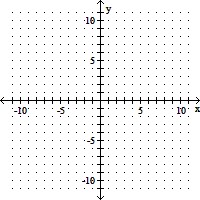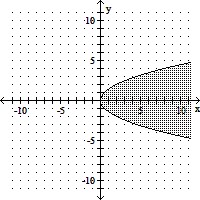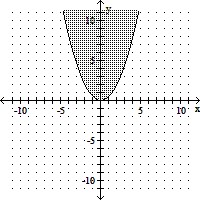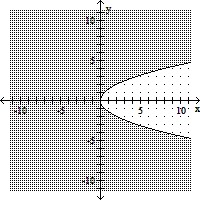Find the present value using the given future value A, interest rate i, time t, and compounding frequency. Round to the nearest cent.A = $1000, i = 3.1%, compounded semiannually, t = 6 years
A. $168.54
B. $832.62
C. $1202.71
D. $831.46
Answer: D
You might also like to view...
Solve the problem.The delivery of a drug (such as an antibiotic) through an intravenous line may be modeled by the differential equation src="https://sciemce.com/media/4/ppg__wesa0610191635__f1q75g5.jpg" alt="" style="vertical-align: -4.0px;" /> are solutions increasing? decreasing? What is the equilibrium solution?
A. increasing for A > 125 and decreasing for A < 125; m(t) = 125
B. increasing for A < 125 and decreasing for A > 125; m(t) = 125
C. increasing for A < 125 and decreasing for A > 125; m(t) = 0
D. increasing for A > 125 and decreasing for A < 125; m(t) = 0
 where m(t) is the mass of the drug in the blood at time
where m(t) is the mass of the drug in the blood at time  k is a constant that describes the rate at which the drug is absorbed, and I is the infusion rate. Let
k is a constant that describes the rate at which the drug is absorbed, and I is the infusion rate. Let  and
and  For what initial values
For what initial values
Rationalize the denominator.
A. 
B. 
C. 11xy
D. 
Solve.Josh and Sam traveled in separate cars from their apartment to a ski resort 120 miles away. Sam wanted to get there early, so he traveled the maximum speed limit, 40 mph. Josh just bought a new car, so he drove a little slower at exactly 30 mph. If they both left at the same time, how much sooner did Sam arrive at the ski resort than Josh?
A. they arrive at the same time B. 3 hours sooner C. 1 hour sooner D. 2 hours sooner
Graph the inequality.y ?  x2
x2
A. 
B. 
C. 
D. 